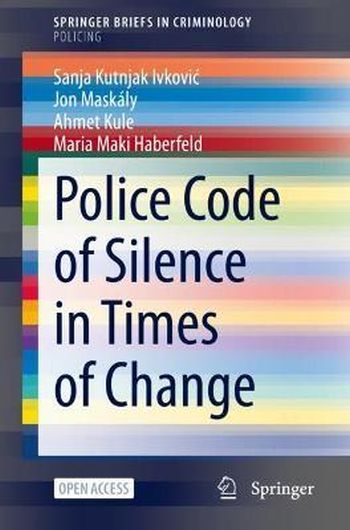
This book explores the contours of the code of silence and provides policy recommendations geared toward creating an environment less conducive for police misconduct. It responds to the recent calls for police reform, in the wake of the perceived illegitimacy of police actions and the protection that the code of silence seems to provide to the police officers who violate the official rules.
Using a case study of a medium-sized U.S. police agency, this book employs the lens of police integrity theory to provide empirically grounded explanations of the code of silence. It examines the potential effects of organizational factors and the attitudes of individual police officers on their willingness to adhere to the code of silence in cases of police corruption, the use of excessive force, interpersonal deviance, and organizational deviance. The book focuses on the following factors that could influence the police code of silence in the times of change: